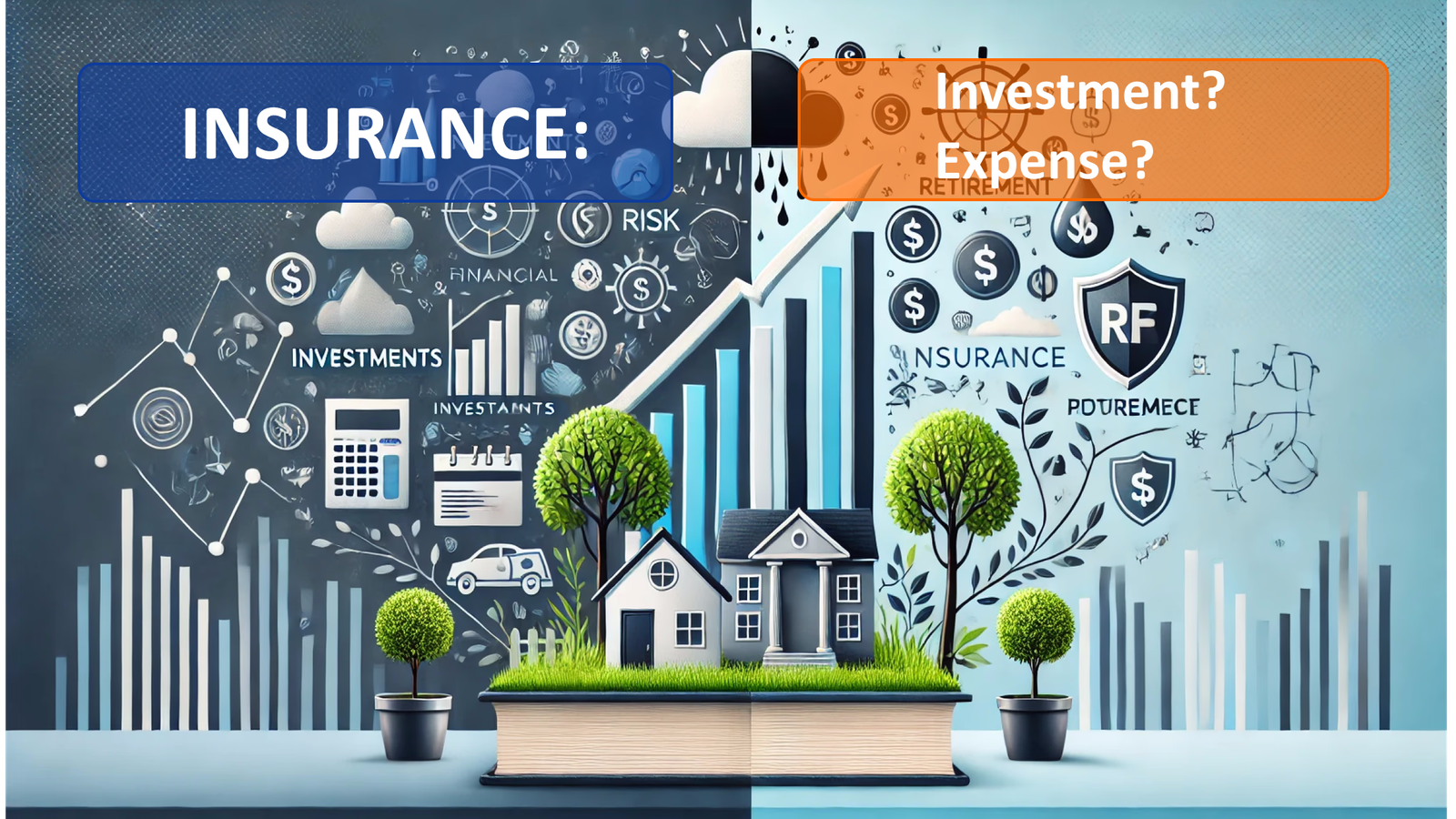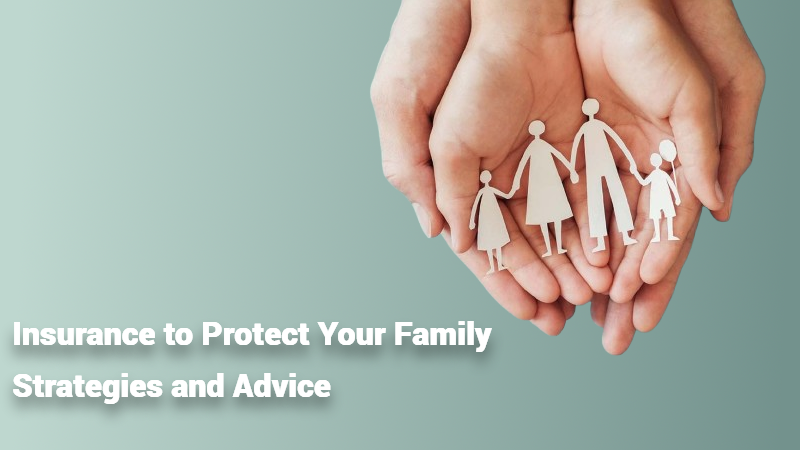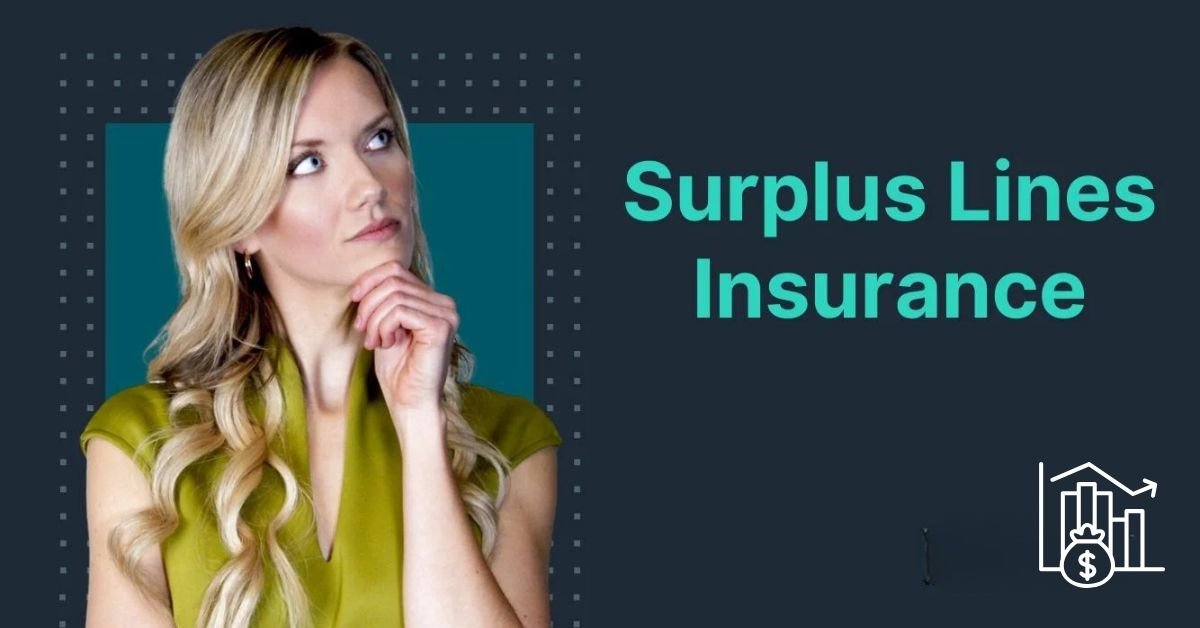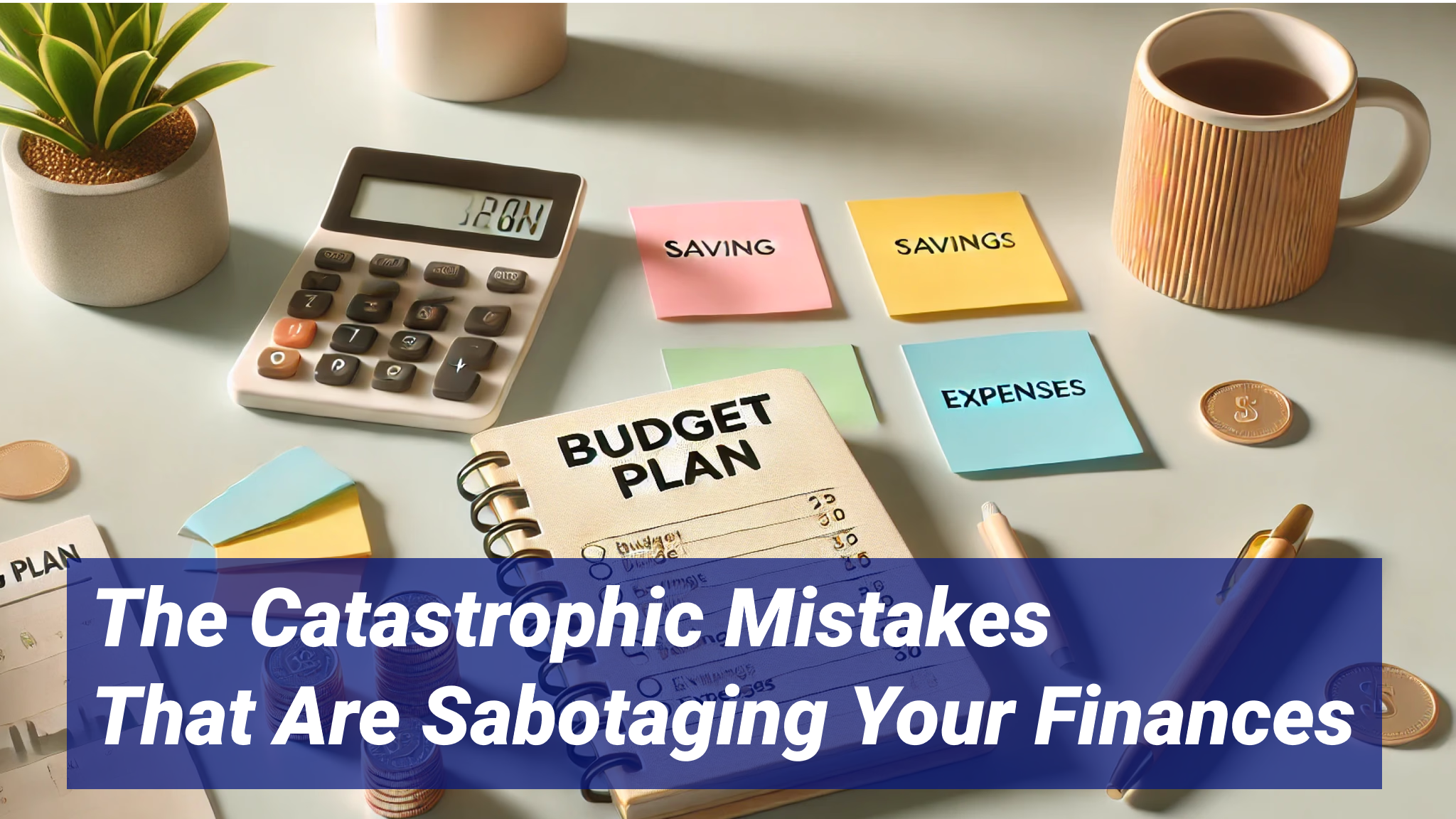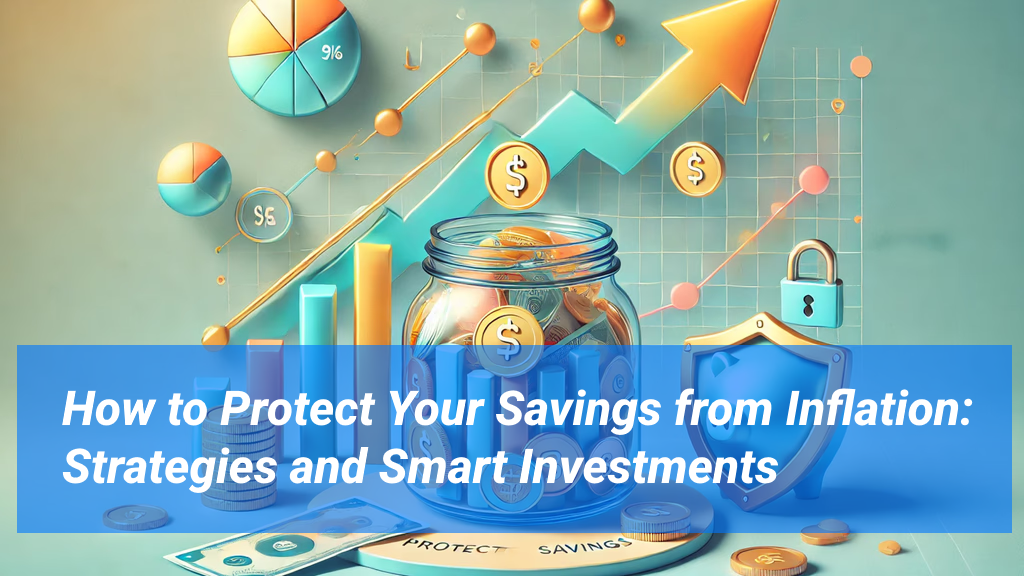Introduction – Gap insurance is a crucial safety net for vehicle owners, covering the difference between a car’s actual cash value and the remaining balance on a loan or lease in case of a total loss. However, many policyholders assume it will always pay out, which is not entirely true. Certain situations can void your gap insurance claim, leaving you responsible for the remaining balance. In this article, we’ll explore the scenarios When Does Gap Insurance Not Pay and how you can avoid unexpected financial burdens.
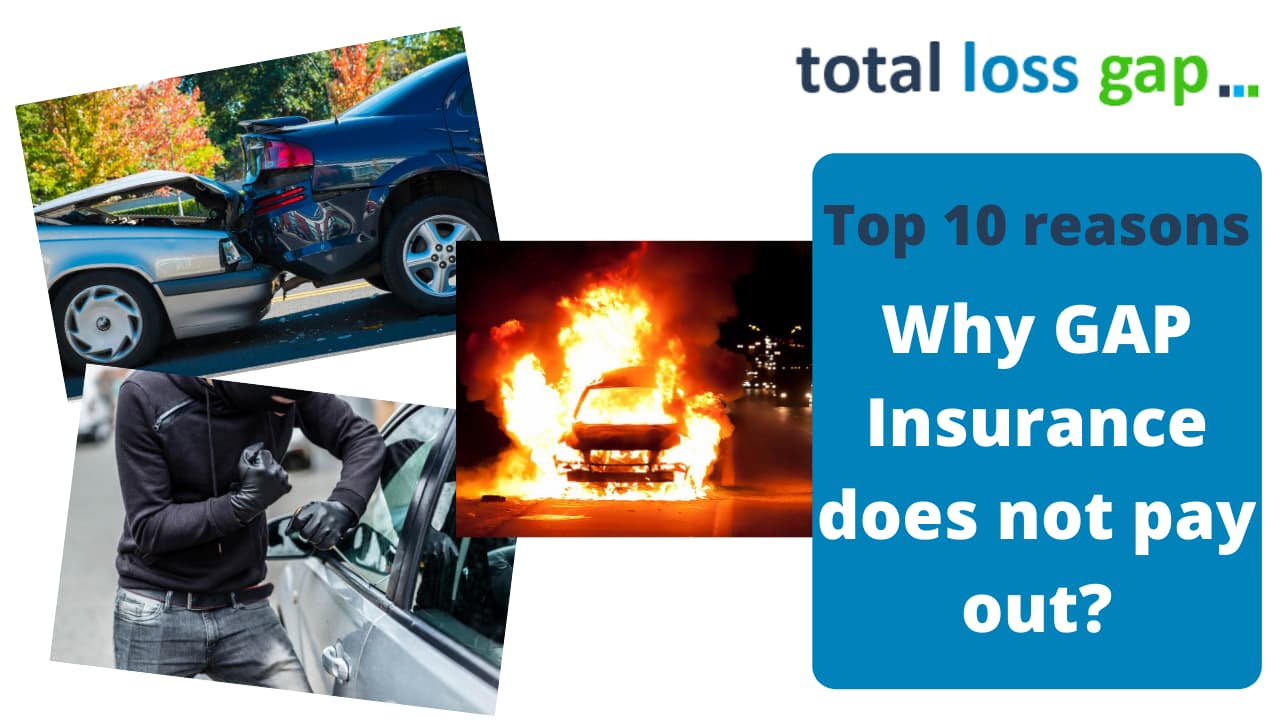
1. Primary Auto Insurance Claim is Denied
Gap insurance only kicks in after your primary auto insurance pays out for a total loss. If your standard auto insurance denies your claim, your gap insurance will not cover the balance. Common reasons for denial include: When Does Gap Insurance Not Pay.
- Driving under the influence (DUI/DWI)
- Reckless driving violations
- Intentional damage or fraud
- Using the car for unauthorized commercial purposes
How to Avoid This?
Always follow your primary insurer’s policy terms, avoid high-risk driving behaviors, and ensure your insurance payments are up to date.
2. The Vehicle is Not Considered a Total Loss
Gap insurance only applies when your car is declared a total loss by your primary insurer. If your car is damaged but repairable, gap insurance will not contribute to repair costs.
How to Avoid This?
Understand your auto insurance coverage and clarify when a vehicle is considered a total loss under your policy. When Does Gap Insurance Not Pay.
3. Policy Lapse Due to Non-Payment
If you fail to make timely gap insurance premium payments, your policy may lapse, and you’ll lose coverage. If your car is totaled while your policy is inactive, you’re responsible for the remaining balance.
How to Avoid This?
Set up automatic payments or reminders to ensure your policy remains active at all times. When Does Gap Insurance Not Pay.
4. The Claim Includes Excluded Fees and Costs
Gap insurance only covers the difference between your car’s depreciated value and the remaining loan or lease balance. It does not cover:
- Late fees on car payments
- Missed payments and penalties
- Extended warranties or add-ons
- Lease-end penalties
How to Avoid This?
Always make your car loan or lease payments on time and be aware of any additional fees not covered by gap insurance. When Does Gap Insurance Not Pay.
5. Negative Equity from a Previous Loan
If you rolled over negative equity from a previous loan into your new car loan, gap insurance may not cover this additional amount. For example:
- If you owed $5,000 on a previous loan and rolled it into your new loan, gap insurance may only cover the car’s actual depreciation, not the previous loan balance.
How to Avoid This?
Try to pay off previous loans before financing a new car to avoid carrying over negative equity. When Does Gap Insurance Not Pay.
6. Intentional Damage or Fraudulent Claims
If an insurance provider suspects that damage to your car was intentional or part of a fraudulent claim, they will deny coverage. Fraudulent activities include:
- Staging an accident to receive an insurance payout
- Falsifying claim information
- Burning or damaging your own vehicle on purpose
How to Avoid This?
Always file legitimate claims and avoid any fraudulent activities that could invalidate your insurance. When Does Gap Insurance Not Pay.
7. Exceeding Policy Payout Limits
Some gap insurance policies set limits on how much they will cover. For example, a policy might only pay up to 125% of the car’s actual cash value (ACV). If the difference between your loan and ACV is larger than this percentage, you’ll have to cover the remaining balance.
How to Avoid This?
Before purchasing gap insurance, review the policy’s payout limits and compare them with your loan terms. When Does Gap Insurance Not Pay.
8. Using the Vehicle for Business or Commercial Purposes
Most gap insurance policies exclude coverage if the vehicle is used for certain commercial purposes, such as:
- Ride-sharing (Uber, Lyft, etc.)
- Food delivery services
- Taxi or rental services
How to Avoid This?
If you use your car for business, check whether your insurer offers specialized gap insurance for commercial vehicles. When Does Gap Insurance Not Pay.
9. Policy Restrictions on Certain Vehicles
Gap insurance policies don’t cover all vehicle types. Common exclusions include:
- Motorcycles
- Luxury or exotic cars
- Classic or vintage vehicles
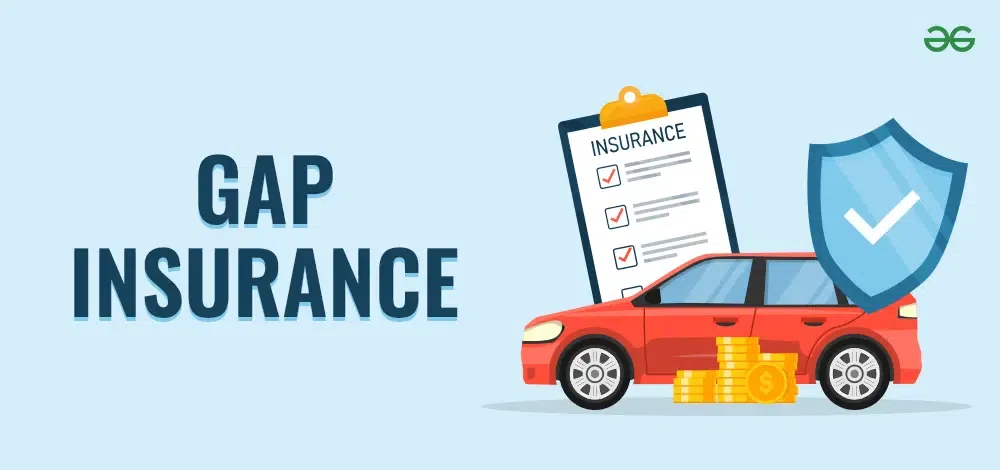
How to Avoid This?
If you own a specialty vehicle, consider alternative insurance coverage suited to its value and usage.
10. Prior Damage or Pre-Existing Conditions
If your vehicle had significant pre-existing damage before you obtained gap insurance, it will not be covered in a total loss scenario.
How to Avoid This?
Obtain gap insurance when purchasing the vehicle to ensure full coverage from the start.
11. Gap Insurance is No Longer Needed (Loan Balance Paid Off)
If you pay off your car loan early, you no longer need gap insurance. Continuing to pay for it is unnecessary and will not result in a payout if your vehicle is totaled.
How to Avoid This?
Regularly check your loan balance and cancel your gap insurance policy once it’s no longer needed. When Does Gap Insurance Not Pay.
Conclusion
Gap insurance is valuable protection but doesn’t cover everything. Understanding these common exclusions can help you make informed financial decisions and avoid unexpected out-of-pocket costs. Always read your policy’s terms and conditions, keep up with your car payments, and consult with your insurer to ensure you’re fully covered.
If you’re considering gap insurance, check with your provider about specific exclusions that could apply to your policy. Being aware of these details can save you from costly surprises in the future. VISIT – puzoy.com
READ MORE –

